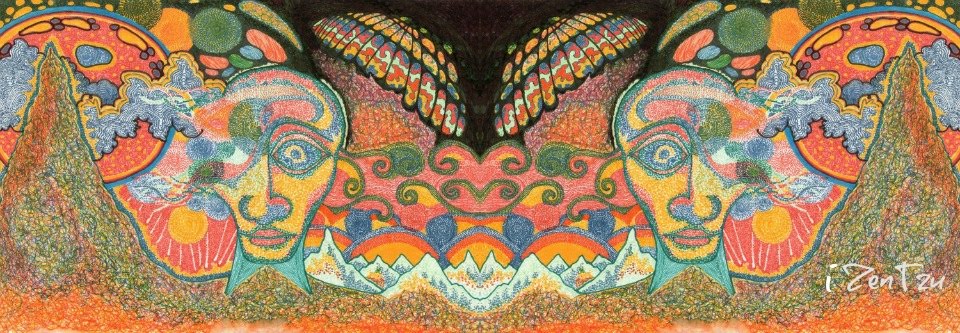To understand the Clearances fully it is necessary to understand life as it used to be in the Scottish Highlands and Islands, home of the Gaels. The Gaels are the original Scots who arrived from Ireland about 1,500 years ago. Highland Clearances
The Clans
The old Scottish clan society proved to be a stable, lasting and fair way of living. Each clan had a chief to whom the people owed allegiance and he in turn could call on them to fight in his private army when necessary. Often disputes would break out with neighbouring clans over clan boundaries or disputed chieftainships. The chief was chosen from the immediate family of the previous chief.
Every child was given two names -a Christian name and a clan name. Each clan had it's own laws, beliefs and customs. Every clan lived in it's own district - the boundaries were usually mountains, lochs and seashores.
Each clan had it's own tartan. The clans with brightly coloured tartans usually wore a darker one to go hunting. Each clan also had it's own crest badge and motto - a short phrase often shouted in battle when the clan charged. The badge of the head of the clan had three feathers on it, and sometimes a coronet. The head of a sept, or branch of a clan, wore two feathers, while the head of a household wore one feather.
The chief controlled the land but leased it out to "tacksmen". They in turn rented the land to tenant farmers and they in turn employed farm labourers who were know as "cottars" to help with the day-to-day running of the farm. It was the chiefs' responsibility to ensure that all members of the clan had sufficient land to maintain him or her self. Under the clan system nobody owned the land. Everyone was free to farm and graze the land in order to survive. This equal and fair distribution of the land was honoured by all succeeding monarchs and clan chiefs.
The Highlands had naturally developed and evolved its own culture, language, customs, sense of identity and unique character by those living in it.
The Brahan Seer's Prophecies
Coinneach Odhar spoke of the day when Scotland would once again have it's own Parliament. This would only come, he said, when men could walk dry shod from England to France. The opening of the channel tunnel which allowed just such a walk was followed a few years later by the opening of the first Scottish Parliament since 1707.
The Clans
The old Scottish clan society proved to be a stable, lasting and fair way of living. Each clan had a chief to whom the people owed allegiance and he in turn could call on them to fight in his private army when necessary. Often disputes would break out with neighbouring clans over clan boundaries or disputed chieftainships. The chief was chosen from the immediate family of the previous chief.
Every child was given two names -a Christian name and a clan name. Each clan had it's own laws, beliefs and customs. Every clan lived in it's own district - the boundaries were usually mountains, lochs and seashores.
Each clan had it's own tartan. The clans with brightly coloured tartans usually wore a darker one to go hunting. Each clan also had it's own crest badge and motto - a short phrase often shouted in battle when the clan charged. The badge of the head of the clan had three feathers on it, and sometimes a coronet. The head of a sept, or branch of a clan, wore two feathers, while the head of a household wore one feather.
The chief controlled the land but leased it out to "tacksmen". They in turn rented the land to tenant farmers and they in turn employed farm labourers who were know as "cottars" to help with the day-to-day running of the farm. It was the chiefs' responsibility to ensure that all members of the clan had sufficient land to maintain him or her self. Under the clan system nobody owned the land. Everyone was free to farm and graze the land in order to survive. This equal and fair distribution of the land was honoured by all succeeding monarchs and clan chiefs.
The Highlands had naturally developed and evolved its own culture, language, customs, sense of identity and unique character by those living in it.
The Brahan Seer's Prophecies
Coinneach Odhar spoke of the day when Scotland would once again have it's own Parliament. This would only come, he said, when men could walk dry shod from England to France. The opening of the channel tunnel which allowed just such a walk was followed a few years later by the opening of the first Scottish Parliament since 1707.
